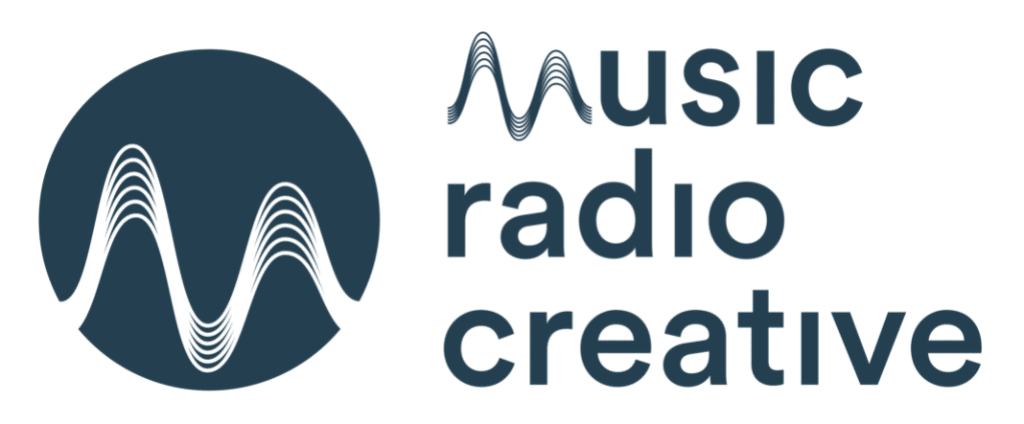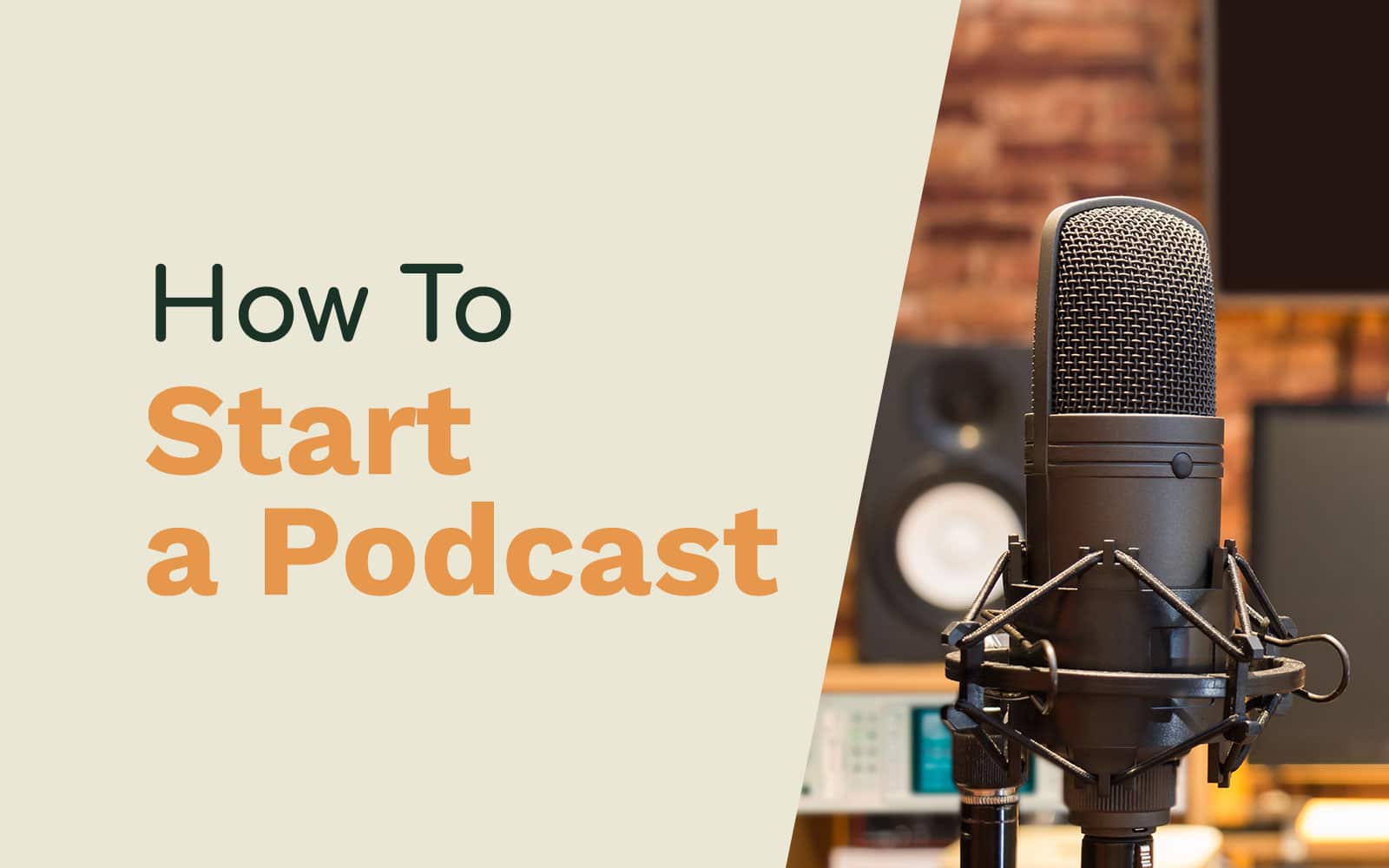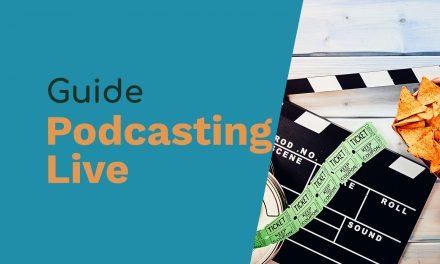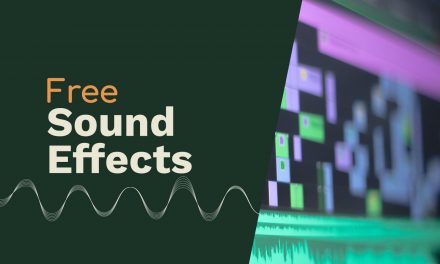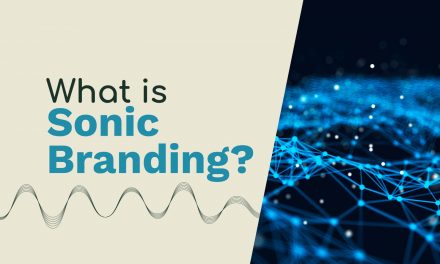You’ve been talking about it for months, maybe even years. You love podcasts, and it’s time to launch one of your own, but where to start …
First things first, are you starting a podcast for fun or for business? Do you already have the blog or website that goes with it?
Also, why are you starting the podcast?
- To entertain
- To inform
- To get new clients
- All of the above?
What is the subject matter? What is the format? Is it a solo show? A duo? Or do you plan to interview guests? What podcast segments will you include? Once you settle on the why of your podcast, you can dive into getting it done.
This is your everything-guide on how to start a podcast.
Your Podcast Brand
The first thing you need to decide is the name of your podcast. While there are podcasters who succeed on name-recognition alone, you will probably want to choose a name that’s keyword friendly, in relation to your podcast subject or theme, or even to your business.
During the process of choosing a name, you probably also want to get the url and social media handles, if you don’t already have them. Namechk.com enables you to check all of the platforms for potential social media names at once. You want your branding to be consistent, and that starts with the name.
The other essential branding element is artwork. Again, if you don’t already have a relevant logo you are using for business, you want one for your podcast. You will also need a headshot—people like to attach a face to a voice—and in this case – podcast artwork. Some podcasters use specific image for each episode. This comes in handy when you are also publishing your episode as an individual blog post. You will be able to utilize that image as both the featured image as well as the artwork for the episode.
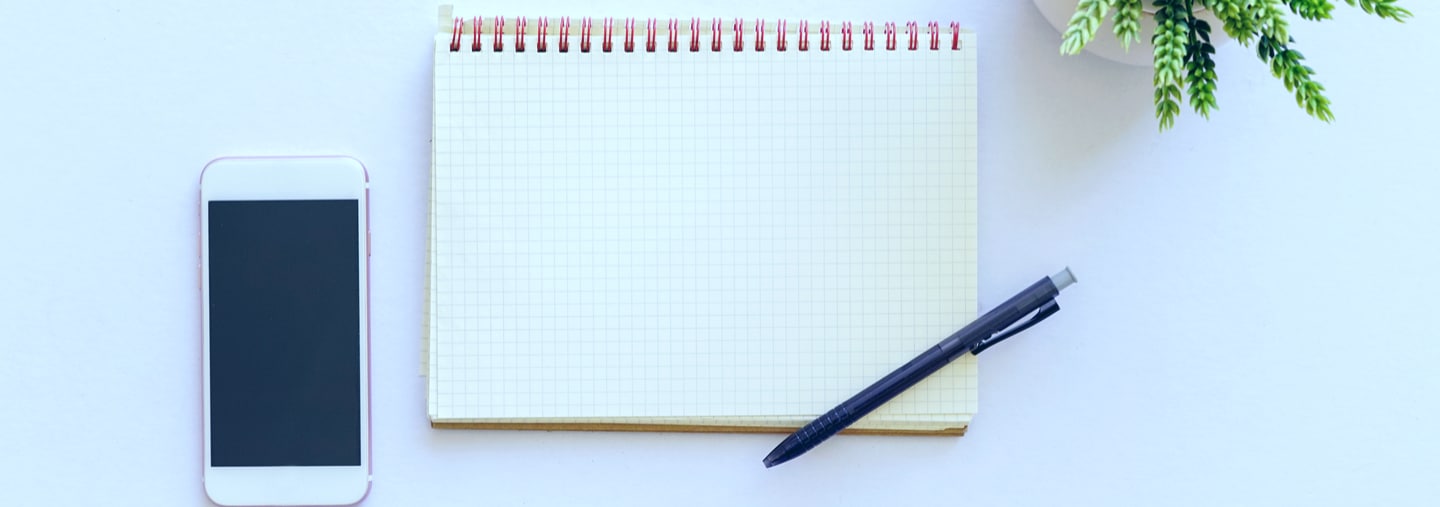
For logos: If you are artistically inclined or know someone who is, try to create something or have something created for you. You can also ask friends for graphic designer recommendations, or post the question to your social media network. Even if you decide to hire someone to create a logo for your podcast, you need to have an idea what you want it to look like. We recommend service such as 99designs or Upwork for finding the right designer.
For cover art: If you have a good eye, go to Canva.com, and create a template for your album cover and episode. Canva is very user-friendly, and has templates that will get you started. Or, again, ask for graphic designer recommendations. You want images and colors that fit in with any existing branding. If you are starting from scratch, look at other podcast artwork and decide what you do and do not like about each other them. Use your preferences as a starting point.
For audio branding: You’ll need to decide on your podcast intro, outro, and jingle breaks if it’s a longer podcast. You’ll want to choose the right podcast music, and then write a script for each audio element, beyond the actual music. Keep the tone of the music, and your words, light, friendly, and inviting, because that’s really what those audios points are for: setting the stage and welcoming the audience. If you would like more advanced option – then sonic branding may be the way to go.
Hosting
Once the visual and audio aesthetics are decided, or while you are hammering out the details, the next step is to look into podcast hosting. A podcast host is a service provider that stores your podcast on their site, making it easier for listeners to find and download. Most hosts also distribute your podcast to directories, such as iTunes (you still have to submit to iTunes independently, and give you the ability to automatically share to social media.
Hosting plans start at free, and go up from there. The more space and features, the higher the rate.
To give you an idea of podcast host options, here is a sample:
- Anchor: It’s a simple free plan only here. Features include a mobile app for recording on the go, editing tools, music library, monetization, analytics, the ability for cohosting, and more.
- Spreaker: Plans start from free. Features include monetization, comprehensive analytics, ability to go “live” to your Spreaker followers. We use Spreaker to host our own podcasts since 2014.
- Libsyn: Plans start at $5/month (though the $5 plans do not include analytics; other plans do). Features include a one-page podcast website, HTML5 Media Player, hosting of audio and video, no limit on downloads, and an opt-in ad platform.
Read our comprehensive comparison of these and other podcast hosting options.
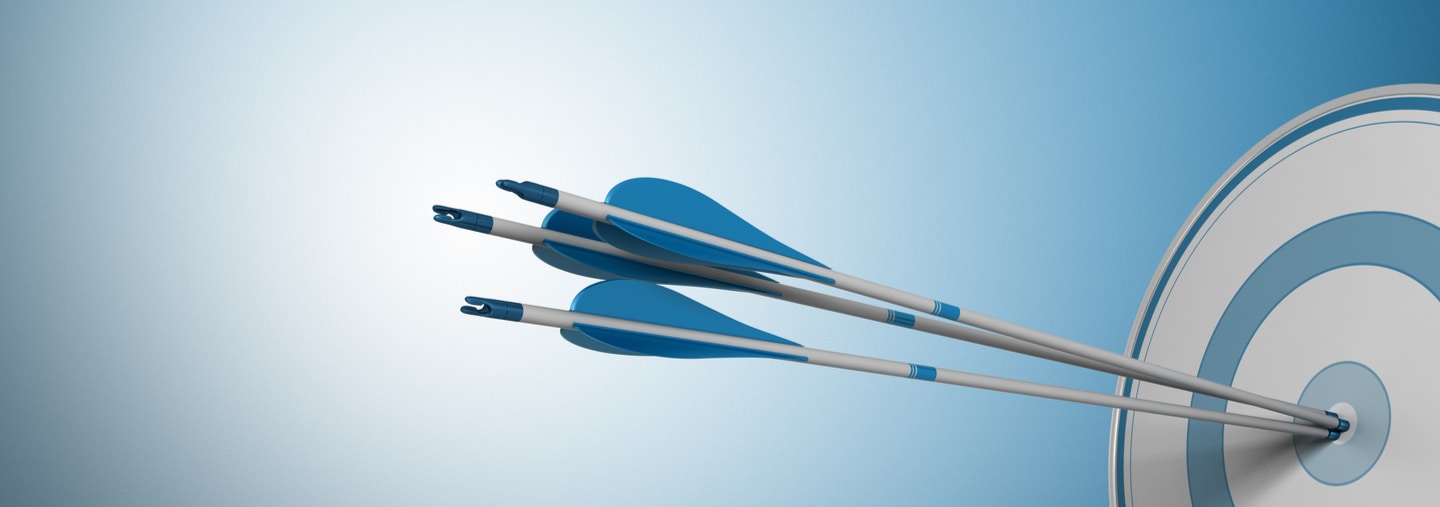
Equipment
You cannot record a quality podcast if you do not have the right tools. Our podcast equipment guide has been updated for 2019, so you can get our specific recommendations for:
- Microphones
- Processor
- Audio Interface
- Headphones
Of course, you can also record your podcast from your iPhone or Android. You can even edit and upload directly from your smartphone with some hosts. If the cost of equipment scares you, and you want to test the waters, the smartphone is the smart way to get started.
If your host or podcast guest is in another location, you also need to look into call and audio recorders, which we have also detailed.
Call Recorders
- Skype In-App: Free
- Discord (Mac/PC): Free
- Ecamm Call Recorder (Mac): Free trial then one-time fee of $39.95
- TalkHelper Call Recorder (PC): One-time fee of $49.95
Standalone Recording Apps
- Cleanfeed (Chrome-based): Standard plan is free, Pro plans available
- SquadCast (Mac/PC): $20/month or $200/year
- Ringr (Mac/PC, iOS/Android): Tiered monthly payment
- Zencastr (Mac/PC): Hobbyist free, Pro plans
- Zoom (Mac/PC): Basic free; Pro plans
With any podcasting tools, try out the free plans and trials to see what works best with your tech comfort level.
Production
Once you have your recorded podcasts, the podcast production level is up to you. There are different options for editing your podcast. This can be time consuming and also create a monthly cost (monetary or time based). You can always choose to outsource to a service provider (like Music Radio Creative).
However, if you want to do your own production, you will need editing software:
- Audacity (Mac/PC): Free
- Garage Band (Mac): Free
- Adobe Audition: The most professional of the options, this is a paid software. Gives you ability to use presets – which save both time and need to learn the skill.
Through the editing process you will learn skills including Normalization, Compression, Mastering, Vocal and Music Mixing, and more. If this is all sounding a little overwhelming – you may want to invest in an online podcast production course to help you brush up on all of the audio production skills.
After your editing cycle, you will want to add and optimize the metadata before you upload the final mp3 to your podcast host. This is to ensure the searchability of your content.
It’s Not That Bad
Starting a new podcast is a fun and exciting process. It may take time to get the hang of it, but have patience. Go through the elements, learn new skills, and put everything together. You’ll be glad you did. For more on podcasting, check out all the links in this article.
What tips do you have for new podcasters? Please share in the comments.
